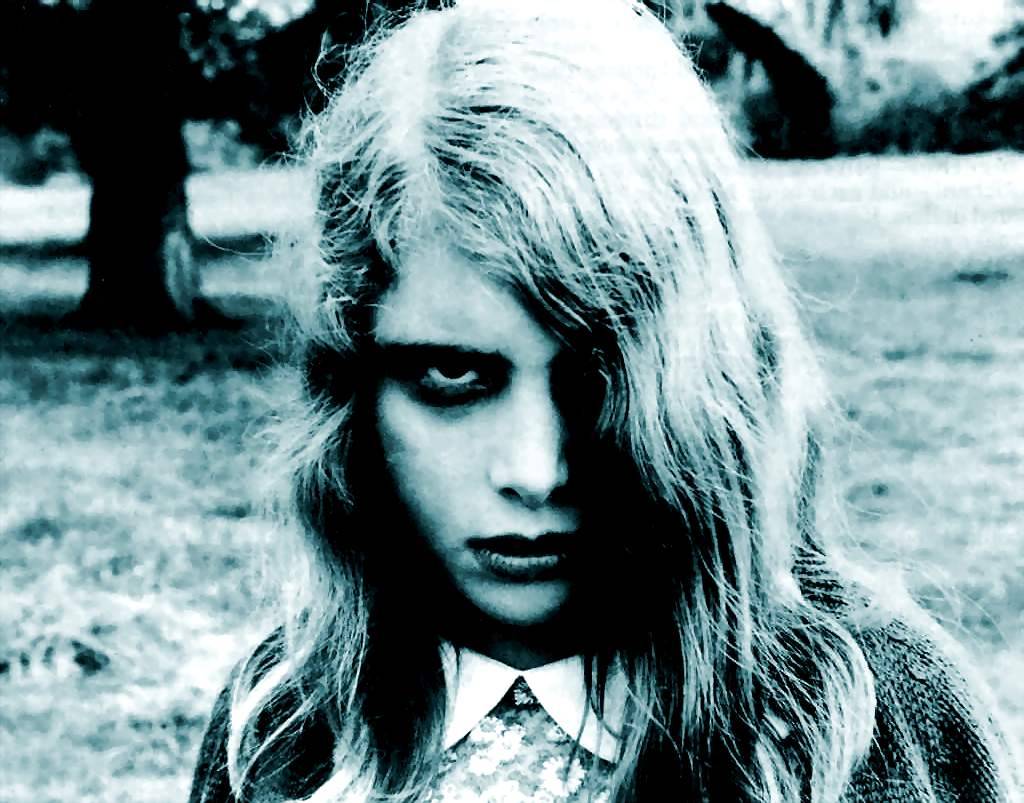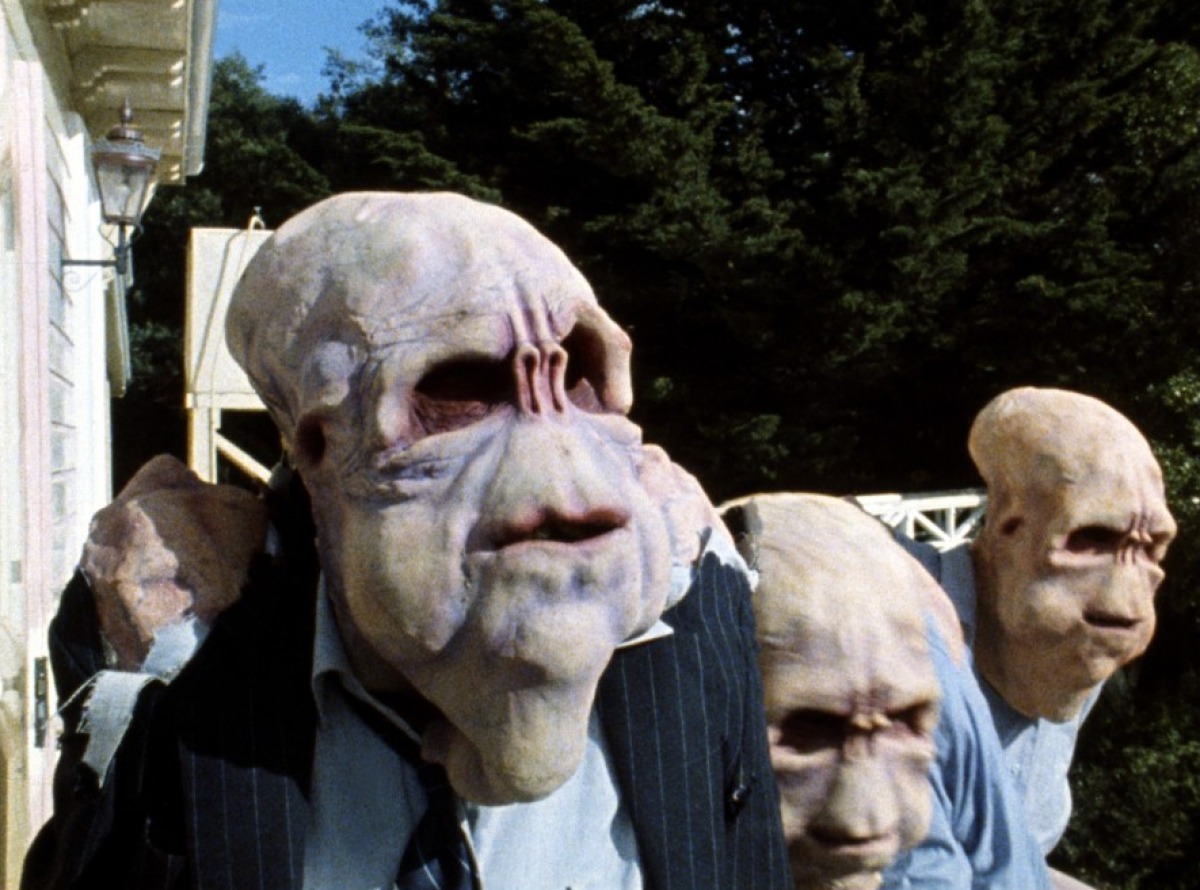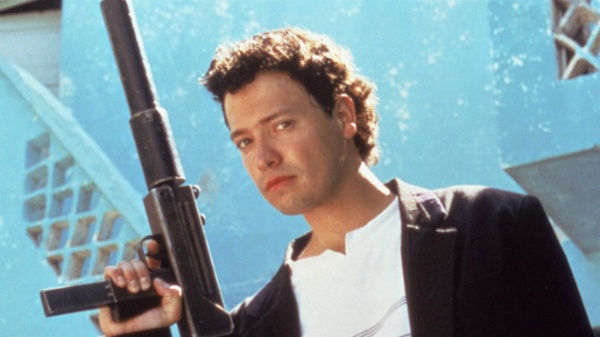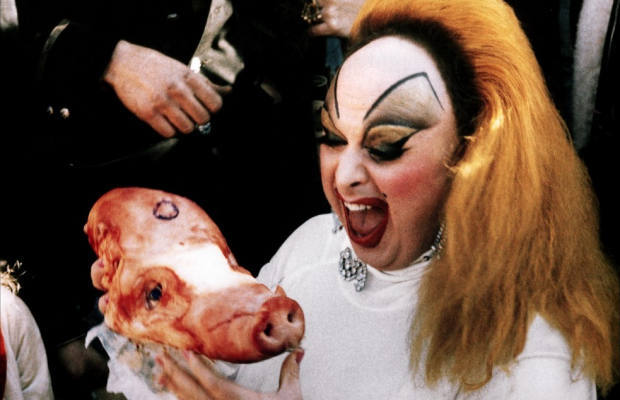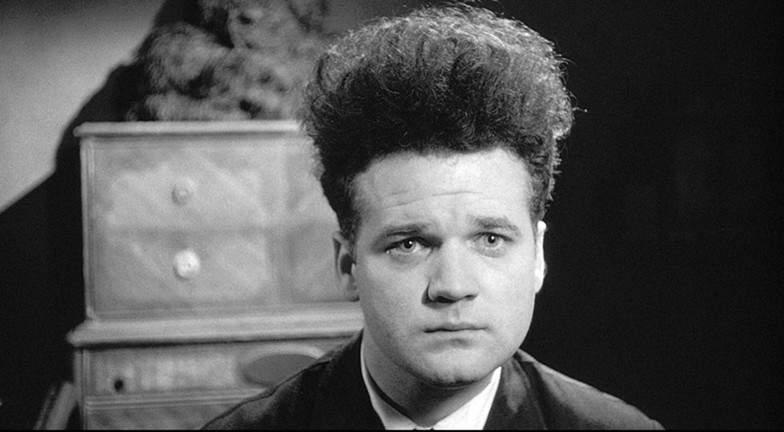10. Night of the Living Dead (1968, George A. Romero)
Budget: $114,000
Night of the Living Dead is the movie that changed the way we see zombies. Before this film, zombies were a creature of Haitian folklore. Corpses reanimated by voodoo priests to serve as slaves in the sugar fields. This film is the first example of zombies as a horde of cannibalistic walking dead. George A. Romero, the film’s director, has even stated that he never considered the undead in his film to be zombies but ghouls.
The setup is fairly simple. Several people are trapped in a farmhouse by the undead. At first it seems that a young woman named Barbara is our main character, but she becomes near catatonic after her brother is killed by a zombie. Soon a man named Ben takes charge and begins to organize the group to try to ensure their survival, but he constantly clashes with another survivor named Harry who insists they all hide in the cellar with his wife and daughter.
The film focuses far more on the power struggle inside the house than the undead outside it, showing that the inability of humans to work together in times of crisis is just as dangerous as the crisis itself.
Night of the Living Dead is also notable for its racial subtext. This subtext was not intended when the script was written. Ben, the main character, was originally a uneducated but intelligent white redneck trucker, but when the best actor to audition was Duane Jones, who happened to be black, the character changed and became more intellectual in his speech and manner.
When Night of the Living Dead was made, the civil rights movement was still ongoing and black actors were still limited to roles as servants, sidekicks and cowardly comic relief. Although Romero did not intend to make any sort of statement about race relations with his films, the mere act of having a black protagonist who is intelligent, active and takes charge of the situation was very radical in 1968.
The movie ends with Ben, the sole survivor of the main characters, being gunned down by a passing posse who mistake him for a zombie. An American audience in the late 60’s would not have been able to watch this without automatically making a connection to Dawn of the Dead, which is considered by many to be the quintessential zombie film and the third film Day of the Dead is an underrated classic.
9. Bad Taste (1987, Peter Jackson)
Budget: $30,000
Long before Peter Jackson changed the face of cinema with the Lord of the Rings trilogy, he spent several years of his life making a small gross-out splatter film about secret government agents fighting aliens that want to turn humans into fast food for outer-space burger joints.
Since almost the entire cast and crew had day jobs, it was only possible to film on weekends. Because of this, it took Jackson four whole years to finish shooting the film. For contrast, it took Jackson and his cast and crew three years to film all the Lord of the Rings films back to back..
The most extreme sample of this is a scene where mentally unstable government agent Derek, who is clean shaven and has short hair, fights a unnamed alien disguised as a human being with long hair and a full beard. Both of the characters in the scene are played by Peter Jackson with different shots filmed months apart. This did cause some discomfort for the actors as they had to keep their hair and beards growth identical the entire time to not disrupt continuity.
Bad Taste launched Jackson’s career as a low-budget horror filmmaker. He continued to make horror-comedies such as Dead Alive and Meet the Feebles until the mid 90’s when the Oscar nominated Heavenly Creatures gave him enough recognition and clout to secure the film rights to the Lord of the Rings. The rest, of course, is history.
8. El Mariachi (1992, Robert Rodriguez)
Budget: $7,000
Robert Rodriguez is one of the most prolific low-budget filmmakers of our time. He likes to do as much as possible on his films. He not only writes and directs them, but he also edits them and often has a hand on the camera. His first film, El Mariachi, is a prime example of this as he was a one man crew doing almost every single job aside from acting.
El Mariachi’s lead actor, Carlos Gallardo, was also the producer. The film was shot in his hometown of Acuña, Mexico, so he used all his connections to secure locations, actors, permits, transport and whatever was needed while Rodriquez focused on the more technical side of the film.
To fund their film, Rodriguez took a job as a test subject for a experimental anti-cholesterol drug which payed $3000 dollars but required him to stay in the hospital for a month. He used the time to write the script for El Mariachi which Carlos than translated into Spanish.
One of the problems Rodriquez ran into was that he couldn’t figure out a way to act as a sound man and a camera operator simultaneously. To get around this, he would always do an extra take of each scene where he had the actors do things exactly the same, but only recorded the sound which he would then sync in post-production.
He also used a lot of tricks to make the film appear to be more professional than it was. One of these tricks was sitting in a wheelchair with the camera and having one of the actors pull him or push him to simulate a dolly move or get a top a very high ladder to imitate a crane shot.
The film was originally only intended to for a very limited release on the Spanish speaking market, but the tape got passed around in Hollywood and eventually Columbia Pictures brought the distribution rights. Since then Rodriquez has been nothing if not prolific. He has made two sequels to El Mariachi, both of them in English and starring Antonio Banderas.
7. Pink Flamingos (1972, John Waters)
Budget: 10,000
Pink Flamingos is 93 minutes of pure depravity and filth. Baby trafficking, incest, bestiality, dancing sphincters and unsimulated dog shit eating are among the things shown in the film in full graphic detail.
Divine hold the title of “filthiest person alive”, but Connie and Raymond Marble greatly desire that title as they feel they are far more deserving of it. A race of filth and depravity quickly ensues where Divine and the Marbles constantly try to outdo each other in sleaziness.
The budget for set dressing was so low that the art department had to resort to theft. The sets themselves are often dingy and dirty. The film stock is scratched and obviously cheap. The lo-fi aesthetic serves the film perfectly and helps to underline the sleaze.
6. Eraserhead (1977, David Lynch)
Budget: $20,000
Eraserhead is not a traditional horror movie in any sense, but it is still extremely horrific in a way that very few horror films are. A darkly surreal exploration of fatherhood set in a stark industrial hellscape, Eraserhead tells the story of a man named Henry who struggles with fatherhood. His girlfriend gives birth to a strange and disfigured child that seems to be only capable of crying.
The pressure of caring for the monstrosity becomes too much for the mother who abandons her child. Henry is then left alone with a child who has no idea how to care for. He has strange visions of a singing woman that lives in his radiator and becomes infatuated with the beautiful girl in the next apartment.
The production was extremely slow and difficult as Lynch kept running out of money This caused many and often long hiatuses in filming until more funding could be secured. Eraserhead took four long years to film and then sound designer Alan Splet spent a full year perfecting the ominous and oppressive soundscape.
It is not known how exactly Lynch created the baby in the film. He has said it was crafted from a embalmed cow fetus, other sources claim it was created from a dead rabbit and yet others say he simply found it and put it to good use.
